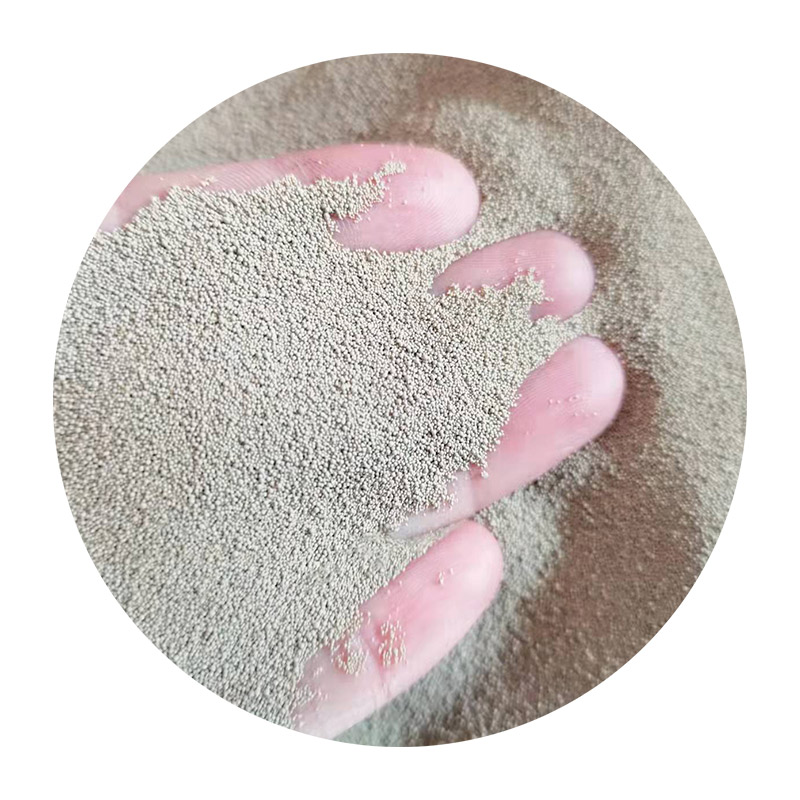The Difference Between Die Casting and Sand Casting
Casting is a fundamental manufacturing process utilized in various industries to create complex metal parts. Among the various casting techniques, die casting and sand casting are two of the most commonly used methods. While both serve the purpose of transforming molten metal into desired shapes, they differ significantly in various aspects, including the materials used, the casting processes, and the resulting characteristics of the final products.
Die Casting
Die casting is a precise and efficient metal casting process used primarily for non-ferrous metals, such as aluminum, zinc, and magnesium. The process involves forcing molten metal into a mold cavity under high pressure. The molds in die casting are made from durable steel, which allows for high-volume production and excellent dimensional accuracy.
One of the key advantages of die casting is the high level of detail and smooth surface finish it can achieve. This makes die casting an ideal method for producing intricate parts with tight tolerances. Additionally, the speed of the process allows for rapid mass production of components, making it a preferred choice for industries such as automotive, electronics, and consumer goods.
However, die casting also has its limitations. The initial cost of creating the steel molds can be high, making it less advantageous for low-volume production runs. Furthermore, die casting is not suitable for all metals, particularly ferrous metals, due to the thermal properties required for the process.
Sand Casting
On the other hand, sand casting is a more traditional casting process that utilizes sand as the primary mold material. The process starts by creating a pattern of the desired part, which is then embedded in a sand mixture to form a mold. This mold is made up of sand and a binding agent, which allows it to maintain its shape during the pouring of molten metal.
difference between die casting and sand casting

One of the significant advantages of sand casting is its versatility. It can be used for a wide range of metals, including both ferrous and non-ferrous materials. Furthermore, the initial setup costs are generally lower than that of die casting, making sand casting a viable option for small production runs or one-off custom parts.
However, sand casting has its drawbacks. The surface finish and dimensional accuracy of sand-cast parts are typically inferior to those produced through die casting. Moreover, the sand mold can be more labor-intensive to create, and the casting process itself is usually slower, limiting the speed of production.
Comparison
When comparing die casting with sand casting, several factors stand out. Die casting is generally preferred for high-volume production due to its speed, precision, and excellent surface finish. In contrast, sand casting shines in its flexibility regarding the types of metals used and its cost-effectiveness for smaller runs.
Another crucial difference lies in the weight and thickness of the parts produced. Die casting typically results in more lightweight components with thinner wall sections, while sand casting can accommodate thicker sections, making it suitable for larger parts.
Conclusion
In summary, both die casting and sand casting are valuable manufacturing techniques with distinct advantages and limitations. Die casting excels in producing high-quality, intricate parts with rapid turnaround times, making it ideal for mass production. In contrast, sand casting offers flexibility and lower initial costs, making it suitable for smaller production runs and a broader range of materials. Choosing the appropriate casting method ultimately depends on specific project requirements, including volume, material, complexity, and budgetary constraints. Understanding these differences can help engineers and manufacturers select the most suitable casting process for their needs.
Post time:Rhag . 16, 2024 18:43
Next:3d printing sand casting
